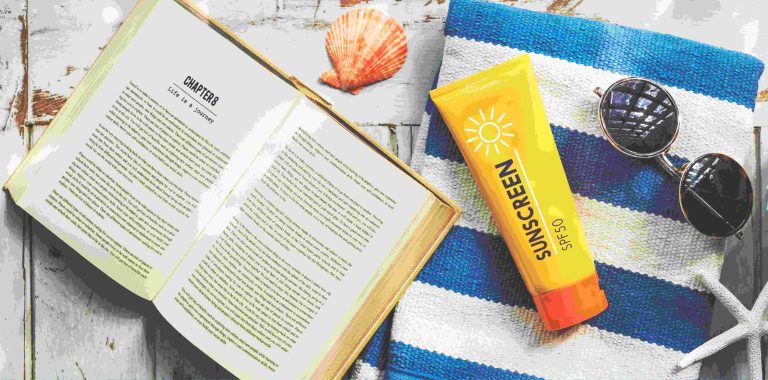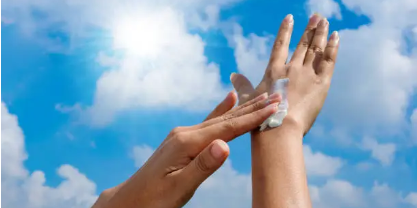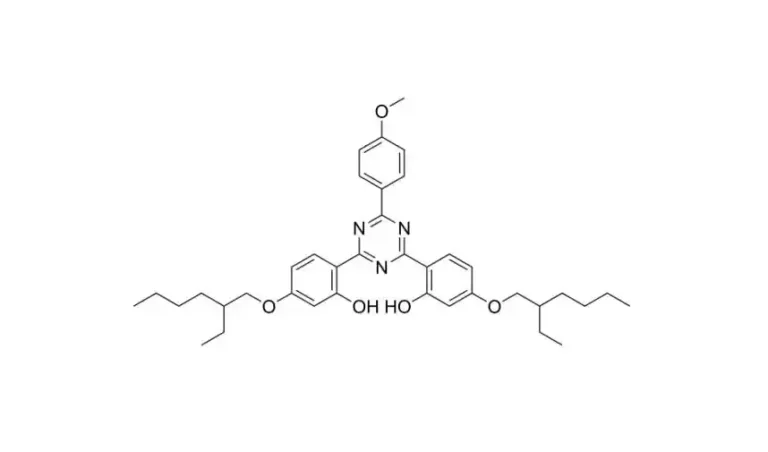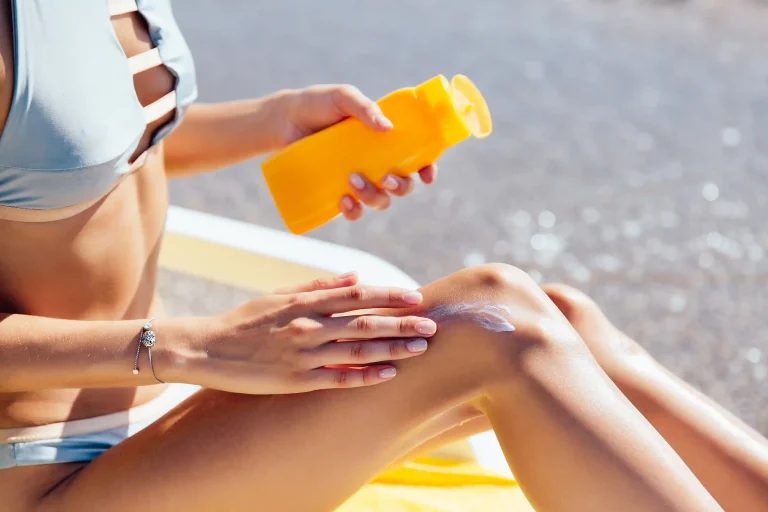A proteção solar protege sua pele dos raios nocivos do sol. Mas mitos sobre filtros químicos de UV confundem as pessoas. Isso pode levar a escolhas ruins da pele. Sua pele pode ficar danificada.
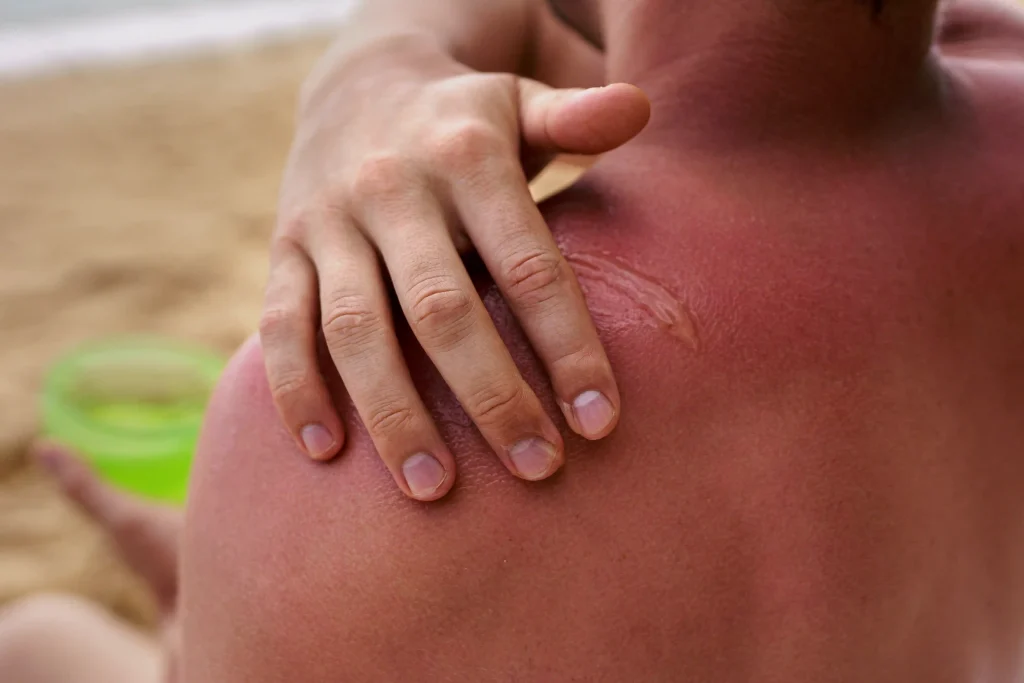
Bisoctrizol é um ingrediente superior nos protetores solares modernos. É conhecido por ser estável e forte. Vamos limpar estas mitos sobre filtros UVVamos mostrar por que Bisoctrizol muda a proteção solar para melhor.
O que é Bisoctrizole e Por que é Especial?
Bisoctrizoltambém chamado Tinosorb M, é um filtro UV único. Ela mistura as melhores partes química contra proteção solar física. Ele soaga, salta de volta, e espalha raios UVA e UVB. Isto abrange a faixa de 280-400 nm, com a melhor proteção a 303 nm e 358 nm. Suas pequenas part ículas (<200 nm) permanecem na parte de água da proteção solar. Eles dão proteção duradoura. Eles não se afundam profundamente na sua pele. Este ingrediente constante também ajuda outros filtros UV a funcionar melhor. É uma parte chave de novos produtos protetores solares.
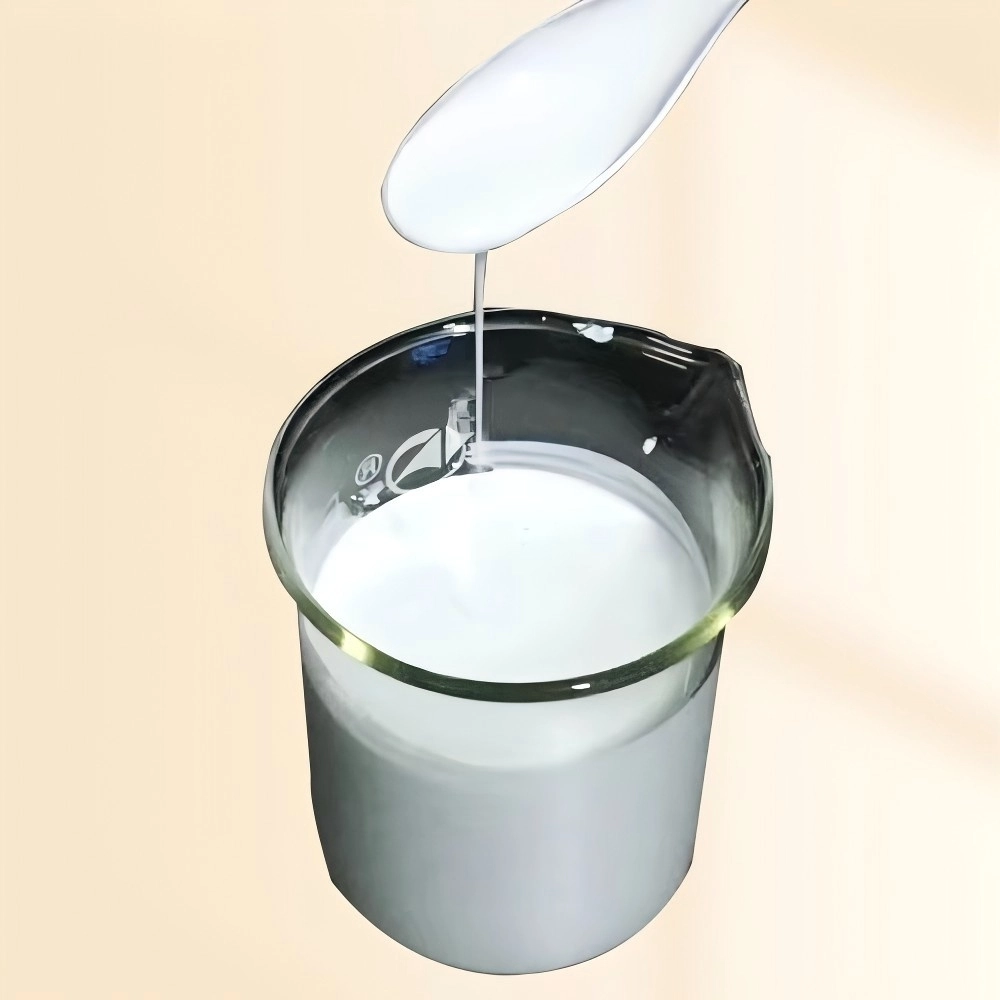
Por que é que Bisoctrizol importante? Ele se encontra a necessidade de proteção solar segura, forte e ecológicaMuitos mitos sobre filtros UV existem. Aprender sobre Os benefícios do bisoctrizol ajuda marcas e pessoas a escolher sabiamente.

Limpar 5 grandes mitos sobre filtros químicos de UV
As pessoas muitas vezes entendem mal química contra proteção solar físicaIsso pode fazê-los evitar bons produtos. Por baixo, nós quebramos cinco mitos comuns. Vamos mostrar como Bisoctrizol estabelece um novo padrão.
Mito 1: Protetores solares químicos magoam sua pele
O Mito: Alguns dizem que filtros químicos UV são ruins. Eles pensam que elas causam erupções cutâneas ou soagem no corpo demais, ao contrário das proteínas solares minerais.
A Verdade: Não todos os filtros químicos são iguais. Bisoctrizol é muito seguro. Estudos mostram que apenas entra na pele (apenas 0,14%). Não age como hormônios, ao contrário de filtros mais velhos como oxibenzona. Sua mistura de traços químicos e físicos o torna suave. É bom para pele sensível. Um estudo Journal of Clinical and Aesthetic Dermatology diz Bisoctrizol é seguro e funciona para muitos tipos de pele.
- Benefícios de bisoctrizol: Apenas entra na pele, não irrita, e fica forte na luz solar.
- Ao contrário da avobenzona, que se quebra rápido no sol, Bisoctrizolcontinua trabalhando sem ajuda adicional.
Mito 2: Crianças solares químicas ultrapassam a proteção UVA
O Mito: Muitos pensam que proteções solares químicas bloqueam apenas raios UVB. Eles acreditam que isso deixa a pele aberta a danos UVA, o que causa envelhecimento.
A Verdade: Bisoctrizol bloquea raios UVA (320-400 nm) e UVB (290-320 nm). Ela absorve, reflete e espalha luz UV para proteção completa. Um estudo International Journal of Cosmetic Science encontrado Bisoctrizol aumenta a proteção UVA quando misturada com outros filtros. Ele bate em muitos protetores químicos mais velhos.
| Tipo de Filtro | Proteção UVA | Proteção da UVB | Fica forte |
| Bisoctrizol | Forte | Forte | Ótimo |
| AvobenZone | Ok | Nenhum | fraco |
| Óxido de zinco (Mineral) | Forte | Forte | Ótimo |
Mito 3: Protecções solares químicas prejudicam a natureza
O Mito: Alguns dizem que filtros químicos UV danificam oceanos, especialmente arrecifes de corais.
A Verdade: Alguns filtros, como oxibenzona, levantam preocupações. Mas Bisoctrizol é mais gentil ao meio ambiente. Não se dissolve facilmente na água. Também fica melhor na pele. Isso significa menos lavagem no mar. Na Europa, onde Bisoctrizol é popular, marcas focar em produtos ecológicosSua for ça significa que você precisa de menos proteção solar para boa proteção. Usando Bisoctrizol apoia escolhas de corte verde.
- Perk ecológico: Bisoctrizolnão precisa de substâncias químicas adicionais para ficar fortes. Isso reduz a poluição dos oceanos.
- Ele se encaixa com marcas que se preocupam com o planeta.
Mito 4: Protetores solares químicos desligam rápido
O Mito: As pessoas pensam que os protetores químicos param de funcionar rapidamente. Eles acreditam que você deve reaplicá-los muitas vezes.
A Verdade: Bisoctrizol fica forte na luz do sol. Contrariamente à avobenzona ou octinoxato, que desaparecem rapidamente, Bisoctrizol dura mais tempo. Também ajuda outros filtros a permanecer eficazes. Isso significa que você não precisa reapplicar tanto. É fácil para os usuários e confiável para marcas que fazem protetores solares fortes.
Mito 5: Todos os filtros UV funcionam o mesmo
O Mito: Alguns pensam que todos os filtros UV dão a mesma proteção. Eles acreditam que o ingrediente não importa.
A Verdade: Bisoctrizol é especial. Ela soaga, reflete e espalha raios UV. Isso o torna muito eficaz. Também ajuda outros filtros, como octinoxato, a funcionar melhor. Contrariamente às proteínas solares minerais, que podem deixar uma marca branca, Bisoctrizol mistura suavemente. Ela se encaixa em todas as cores da pele. As marcas podem usá-la para fazer produtos iluminados e bonitos.
Por que Bisoctrizole muda os produtos de protecção solar
Os benefícios do bisoctrizol vão além de quebrar mitos. Sua ação em três direções (soagando, refletindo, espalhando) dá proteção ultravioleta superior. Para os negócios, Bisoctrizol ofertas:
- Fácil de usar: Funciona com a maioria dos filtros UV. Isso ajuda a criar novos produtos.
- Amor do Cliente: Sem marcas brancas, ótimas para todos os tons da pele, e dura muito.
- Amigo das regras: Aprovado na Europa e em outros lugares. Ela se adapta às tendências globais para melhor proteção solar.
Como as pessoas querem protetores solares seguros, fortes e verdes, Bisoctrizol ajuda marcas a satisfazer essas necessidades. Ela mantém os produtos funcionando bem.
Sobre o BFP de Xangai
Shanghai BFP New Materia faz ingredientes de protecção solar de alta qualidade. Eles focam em filtros UV orgânicos e minerales como dióxido de titânio e óxido de zinco.
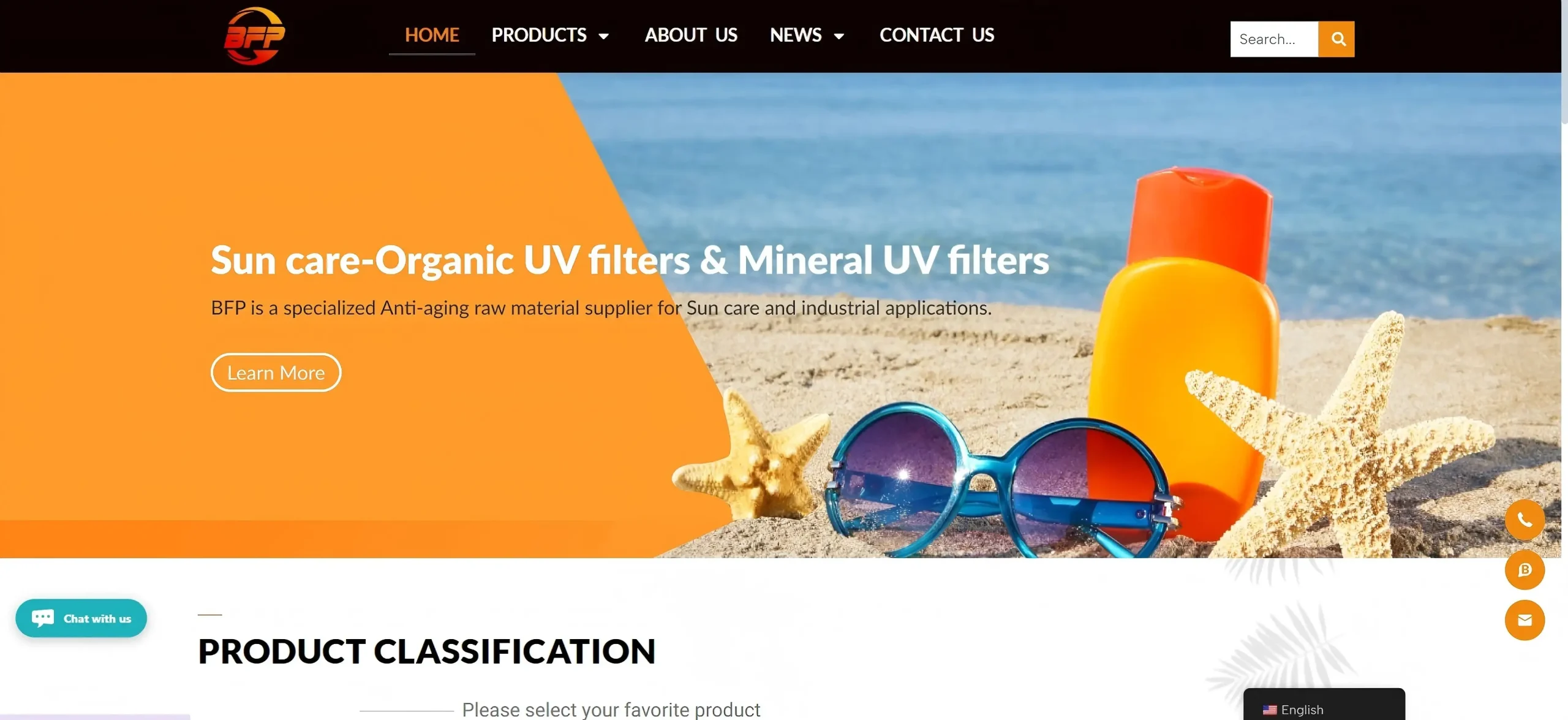
Suas fábricas seguem regras rigorosas do GMP. Isso assegura que os produtos são seguros e estáveis. BFP ajuda marcas cosméticas globais com soluções novas e ecológicas, como Bisoctrizol (BFP-SP M). Aprender mais em Shanghai BFP.
FAQ sobre filtros químicos UV e bisoctrizol
- O que faz Bisoctrizole diferente de outros filtros químicos UV?
Bisoctrizolé uma mistura de proteção solar química e física. Ela absorve, reflete e espalha raios UVA e UVB. Isso dá toda proteção. Fica forte na luz solar, ao contrário de filtros como avobenzona que desaparecem. - Bisoctrizole está bem para pele sensível?
Sim. Bisoctrizolmal entra na pele. Não irrita muito. É seguro porque não agi como hormônios. - Como Bisoctrizole se compara com proteínas solares minerais?
Os protetores solares minerales podem deixar uma marca branca. Bisoctrizolse mistura suavemente. Ela dá a mesma forte proteção para raios UVA e UVB. Sua mistura de traços químicos e físicos o torna especial. - Bisoctrizole ajuda com o envelhecimento?
Sim. Bisoctrizolbloqueia raios UVA. Esses raios quebram colagênio e causam ruídos. Ajuda a manter a pele jovem e saudável. - Por que Bisoctrizole não está nos EUA?
Bisoctrizolainda não é aprovada pela FDA. Os EUA têm regras rigorosas de testes. Mas é muito usado na Europa e em outros lugares. As pessoas lá confiam em sua segurança e força.
Aumentar seus produtos de protecção solar agora
Quer fazer protetores solares que brilhem num mercado duro? Usando Bisoctrizol dá uma grande proteção UV, clientes felizes e produtos ecológicos. Trabalhar com fornecedores confiáveis para obter alta qualidade BisoctrizolLevanta o jogo de proteção solar da marca. - Vejam Página de produtos do BFP de Xangai para ver como Bisoctrizol pode melhorar seus produtos.

